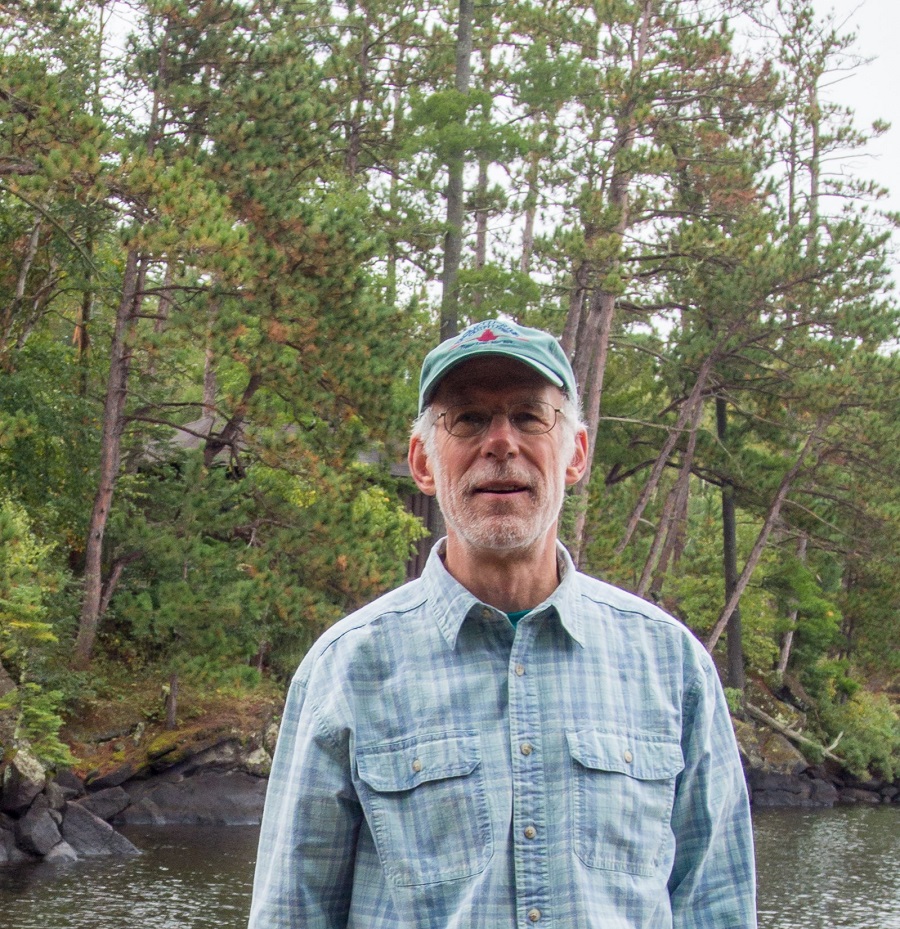
Periodically we feature the amazing volunteers and staff making our work possible. This month we are featuring Steve Ring.
-
What is your role with the North Star Chapter?
Currently, I am the chair of the Waters and Wetlands Stewards, the volunteer team that leads the Sierra Club North Star Chapter in researching, monitoring, and advocating for policies that protect Minnesota’s waters and wetlands.
-
Why did you get involved?
I joined the Sierra Club in 1970. I was working as a teacher’s aide during the winter and a camp counselor in the summer. I had read Aldo Leopold’s, A Sand County Almanac, and part of John McPhee’s, Encounters with the Archdruid in the New Yorker magazine. Although I had little extra cash, I was spending a lot of time canoeing and hiking, and I felt I should join an environmental organization that was working to protect the places I liked to visit.
-
What are you most proud of having been a part of?
In the mid 1980s, we were concerned that acid rain would have an impact on sensitive Northeastern Minnesota lakes and streams. The acid was primarily created by SO2 emissions from coal-burning power plants. The MPCA proposed a sulfate deposition standard for the state of Minnesota that would limit the amount of sulfate that could be deposited in a particular area each year. That proposed standard resulted in the record for the longest contested case hearing in Minnesota. I took leave from my job to act as a technical advisor for the attorney representing the environmental groups which were supporting that standard at the hearing. Ultimately, the administrative law judge ruled for the MPCA, and the State of Minnesota became one of the only states to implement such a standard. Later, a cap-and-trade system was used to reduce the emissions of SO2 from power plants.
-
What words of advice do you have for other North Star Sierrans?
There are many different niches involved with working to protect and improve the environment, and all are important. Every environmental issue is complicated – technically, socially, economically, and politically – and a multitude of different skills are needed for us to have an impact. I started out being very active in Sierra Club outings – enjoying experiencing beautiful places with others. Then I became involved in the effort to stop logging and motorboats in the Boundary Waters Canoe Area.
At some point I realized that I appreciated being in natural areas more when I knew more about the flora and fauna, and the complexities of their existence. This also made me more effective in thinking about policies. For example, if you are talking about logging, it helps to know something about fire ecology.
My advice is to get engaged on some issue, learn all you can, and find a role to play that fits you. That could be technical analysis, communicating about the issue, producing art that supports the issue, and perhaps being an organizer. Or, it could be working with others to stuff envelopes or make phone calls.
Also, it is not all about the hard work of protection or making a difference in some policy. Just getting together to enjoy the natural world and support each other are important. We celebrate our victories – which also helps renew our strength.
-
What is your favorite place in Minnesota?
I like native prairies and the big woods (Nerstrand is beautiful), but my favorite is the northern forest with its mosaic of spruce, pine, aspen, birch, and bog. I know many of the plants, birds, and animals of that area, and it is like meeting old friends when I return. “Hello bunchberry”; “Oh, there’s Labrador tea”. I hear the white-throated sparrows singing and smell that pine duff.